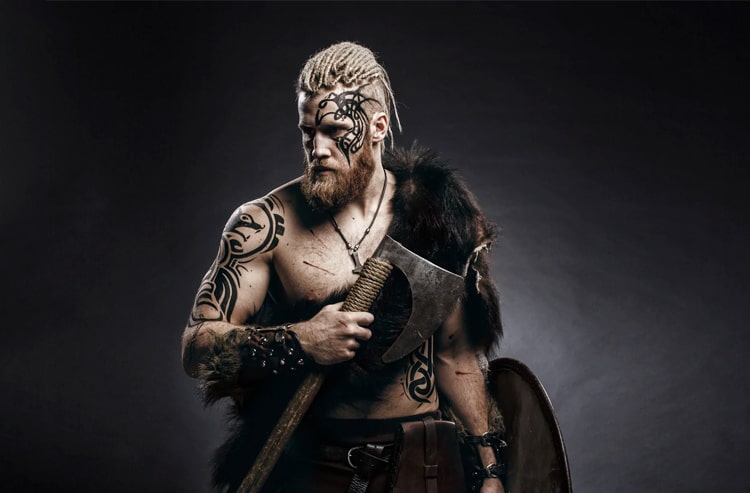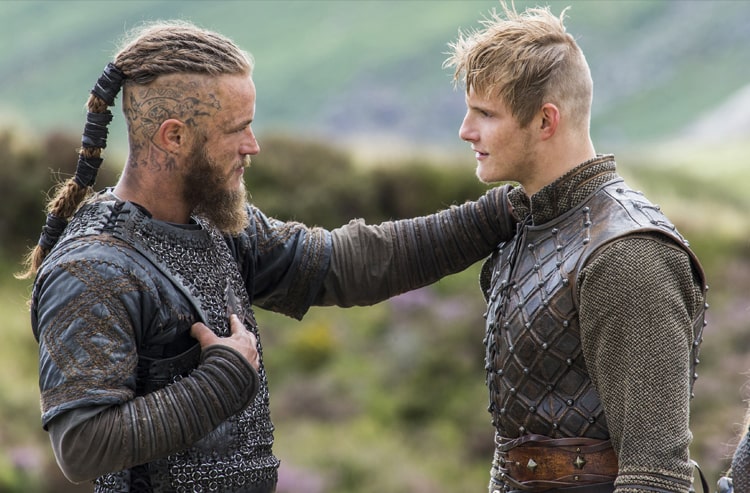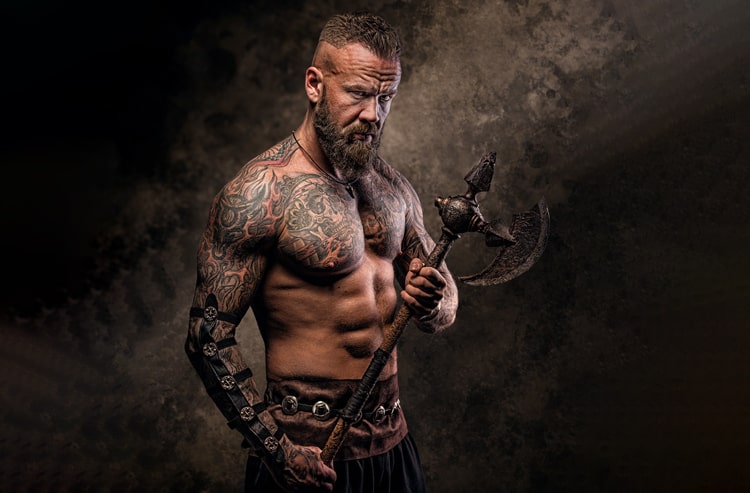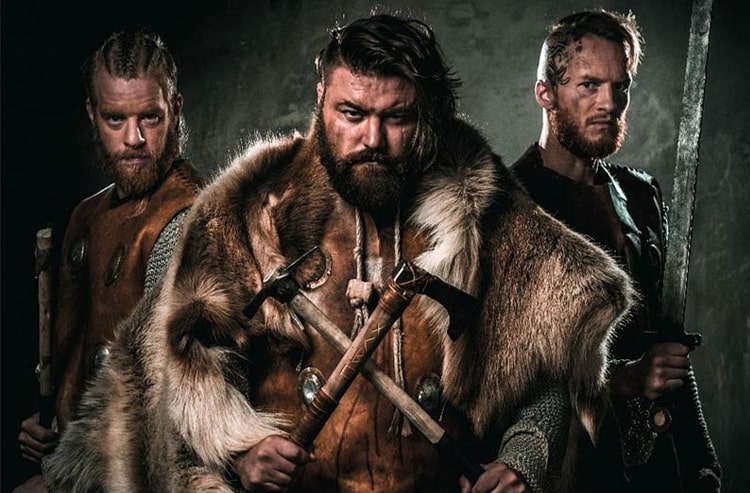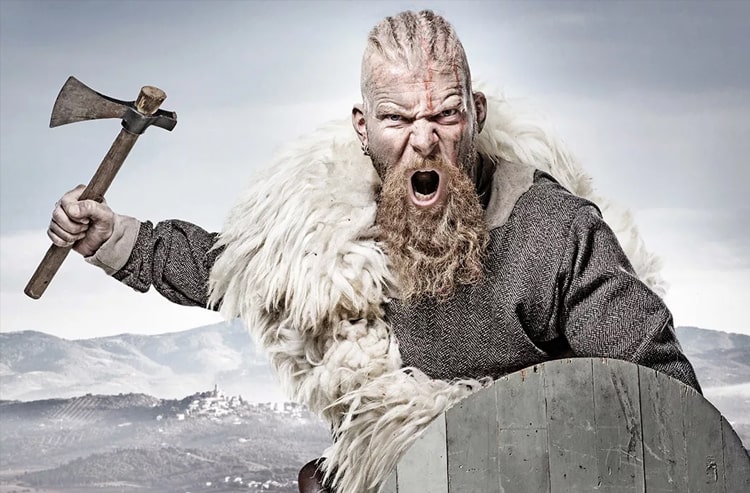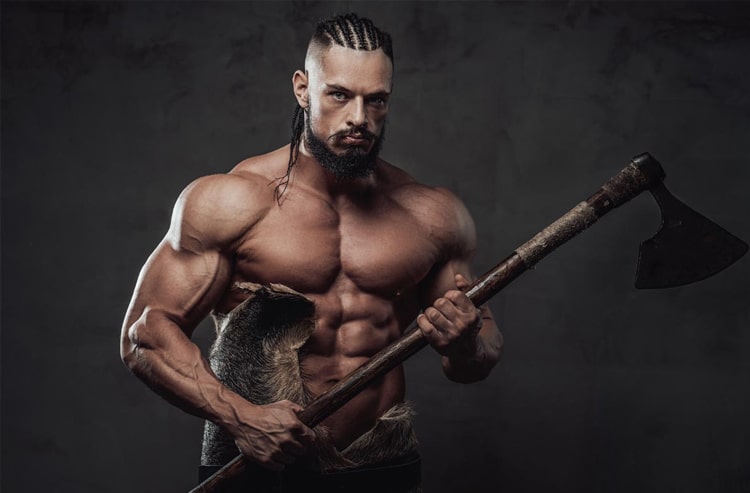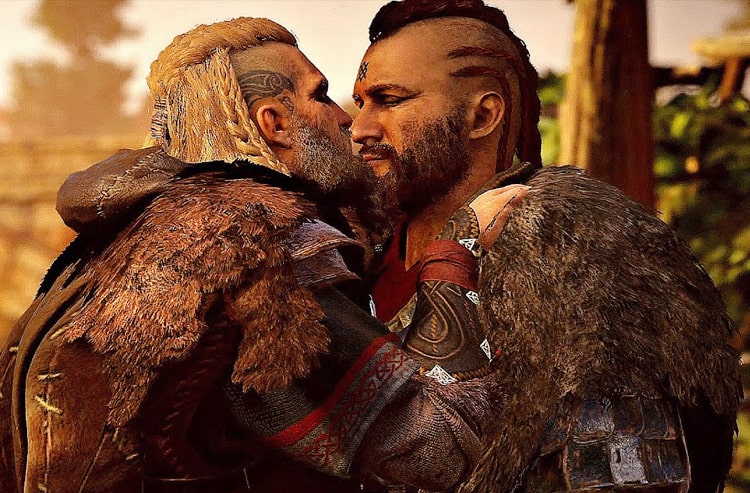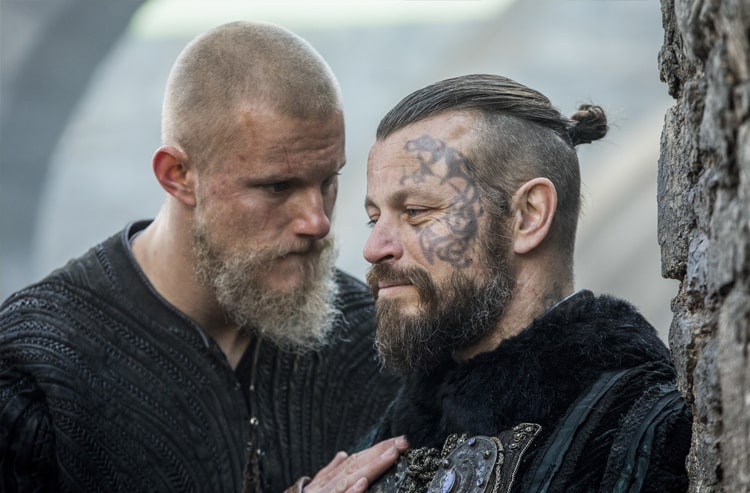Are you aware that the Nordic Vikings had elements of a gay lifestyle in their society? The Viking period involved seafaring, conquests, and raids, leading to widespread destruction and panic throughout Europe. There was a time when the sight or smell of Viking ships in most parts of Europe provoked fear in the hearts of people across Europe and some parts of Asia.
The Vikings are famous for their fierce warrior culture, cultural impact, and rich pantheon of gods and goddesses, many of which are still remembered today, such as Odin, Thor, and Loki.
Viking myths and legends continue to capture the imagination of people today, making them an ideal study group for people who want to understand homosexuality and how the subject has changed over time. In this article, we will discuss the Nordic Vikings and their gay lifestyles.
History and Homosexuality
If you have watched the Viking series, then you are familiar with the lifestyle of the Vikings during the Viking period. From their impressive bodies, agility, fighting spirit, cunningness, and clan mentality, the Vikings have a rich cultural, religious, political, and literary legacy that has significantly shaped history.
While the Viking era existed long before the concept of sexual orientation became a contentious issue, they were not completely oblivious to alternative lifestyles, including gay sex and polygamy.
While it's difficult to say with certainty what the Vikings' attitudes towards homosexuality were and how they would have defined it, it's important to acknowledge that homosexual practices were part of the Viking society.
Here is everything to know about the Nordic Vikings and their gay lifestyles.
Who is the Nordic Viking?
The Vikings, also known as the Norsemen or Scandinavian pirates, were seafaring people who hailed from Norway, Denmark, and Sweden and flourished between the late eighth and the early 11th centuries. The word Viking refers to a person of Scandinavian descent during the Viking period.
Primary and secondary scholarly sources often portray the Vikings as fierce warriors who took journeys as far as North America, Africa, and Asia to raid communities they perceived to be helpless and vulnerable.
History of the Nordic Viking
The Vikings, also known as the Norsemen, were Scandinavian people from the late eighth to early 11th century, whose origins can go back to the Germanic tribes, including the Danes and the Swedes.
During the Viking Age, the Vikings settled in Scandinavia-present day Norway, The Faroe Islands, Denmark, Sweden, and Greenland, where they grew in numbers, prompting the famous Viking raids for sustenance.
Over time, the Vikings expanded their reach and established settlements in other parts of Europe, including the British Isles, Iceland, and even as far as North America. They also traded with the Byzantine Empire and the Islamic Caliphate, bringing back valuable goods such as silk and spices.
The Vikings were skilled sailors and navigators and had a knack for designing ships for speed and maneuverability at sea.
The Viking Age, between the eighth century to the early 11th century, was a time of great expansion and cultural influence for the Vikings. Through trade, wars, and expansion, the Vikings' way of life assimilated with other cultures, leading to the decline of the eventual decline of their seafaring and raiding culture.
In time, the Viking raiders began to settle down and adopt Christianity, leading to the end of an era.
Why are the Vikings famous?
The Vikings are one of the most famous cultures that existed between the 8th and 11th centuries for various reasons. One of the main reasons is their seafaring and raiding activities. The Viking men were skilled sailors and navigators, with ships that effortlessly maneuvered at seas at relatively good speed.
They used these ships to raid and trade with neighboring countries, such as England and Ireland. They established settlements in other parts of Europe, including the British Isles, Iceland, and North America. Unlike other cultures of their time, Vikings were pretty liberal in regard to gender roles, meaning Viking women had a leading role in seafaring and raiding.
Another reason the Vikings are famous is their fierce warrior culture. The Nordic Vikings had a reputation for being brave, ruthless, and agile, with superior fighting abilities, making them revered and feared by their enemies.
The Viking raids on monasteries and coastal towns involved horrible crimes, including murder, rape, and slavery, which caused panic and destruction throughout Europe. Their reputation as fierce warriors has persisted to this day.
The Vikings also had a significant cultural impact. The Vikings were skilled craft workers and artists, and their metalwork, woodcarving, and runic inscriptions are still impressive to this day. A significant amount of Viking literary legacy still exists to this day and has contributed to the evolution of modern English and other European languages.
The Vikings are also famous for their mythology and religious beliefs. The Vikings had a rich pantheon of gods and goddesses, including Odin, Thor, and Loki, whose reputation lives to this day. Viking myths and legends have inspired numerous works of art and literature, which continue to capture the imagination of people today.
For instance, the Viking legend about The curse of Andvari's ring inspired one of the greatest films of our time, Lord of the Rings, while the book of Hamlet draws inspiration from the legend of Amleth, which has a similar storyline.
Vikings and their gay lifestyle
While the Vikings did not leave behind any explicit records of homosexual relationships, there is evidence from Norse mythology, sagas, and laws that suggest that homosexuality was a part of Viking culture. In Norse mythology, there are several examples of gay relationships.
For example, The goddess Freyja was said to have had a female lover named Gondul, and the god Thor had a male lover named Tyr.
In most cultures, myths and legends contain truths, practices, and traditions of the people propagating those stories. These myths suggest that the Vikings may have had a more accepting attitude towards homosexuality than modern society gives them credit for.
The Sagas, which are Viking stories passed down orally but later put down in writing, also provide some insight into Viking attitudes towards homosexuality.
For instance, the Saga of Erik the Red mentions Thorbjorn, who has had sexual attractions towards other men, suggesting that the Vikings were aware of the existence of homosexuality, so same-sex sexual behavior was not peculiar in their time.
But does that mean the Vikings openly embraced homosexuality? Certainly not! Keep in mind that our understanding of the past, specifically the Viking era limited by the sources that have survived and the perspectives of those who have written Viking history.
Therefore, it is important to approach the subject of homosexuality in Viking society with caution and to remember that our understanding of the past is always evolving.
How did the Vikings deal with homosexuality?
Vikings did not have a specific term for homosexuality, which is understandable since evidence suggests they didn't perceive sexual orientation as a big issue. The majority of Viking society was quite tolerant of same-sex behavior based on some of the literature and artwork that survived.
However, evidence suggests that while same-sex sexual behavior was a non-issue to some, homosexuality was not the norm in Viking society.
It's important to remember that while the Vikings were more liberal than other cultures in their timeline, the Vikings' society was still patriarchal, and some gender roles were pretty rigid. Homosexual behavior was more accepted among men than women, meaning Viking women were less inclined to pursue same-sex attractions.
Did the Vikings have laws prohibiting gay relationships?
Did the Vikings have laws or customs that regulated same-sex behavior? Hard to say. It's also important to note that the Vikings were a pre-modern society. The sources that survived during that period limit our understanding of the Vikings' attitudes towards sexuality.
One of the last surviving original literature sources is The Grágás, which is a collection of laws from Iceland during the Viking age. The Grágás provides a glimpse of the Viking society's attitudes towards homosexuality and contains several references to unnatural acts between same-sex individuals, which are believed to refer to homosexuality.
The punishment for the unnatural lust referenced in The Grágás included relatively mild punishments, usually involving a fine, and it does not seem to have been a serious crime.
Nordic Viking Conclusion
The Vikings originated from the Germanic tribes of Scandinavia, who had a fierce warrior culture that spread terror in the hearts of their enemies. Vikings established settlements in other parts of Europe, including the British Isles. The Viking era, also known as the Viking Age, lasted from the late 8th century to the early 11th century.
The Vikings did not have a specific term for homosexuality, and their society did not have a concept of sexual orientation as we understand it today. Evidence suggests that attitudes toward same-sex sexual behavior within the Viking society had a healthy amount of support and condemnation.

